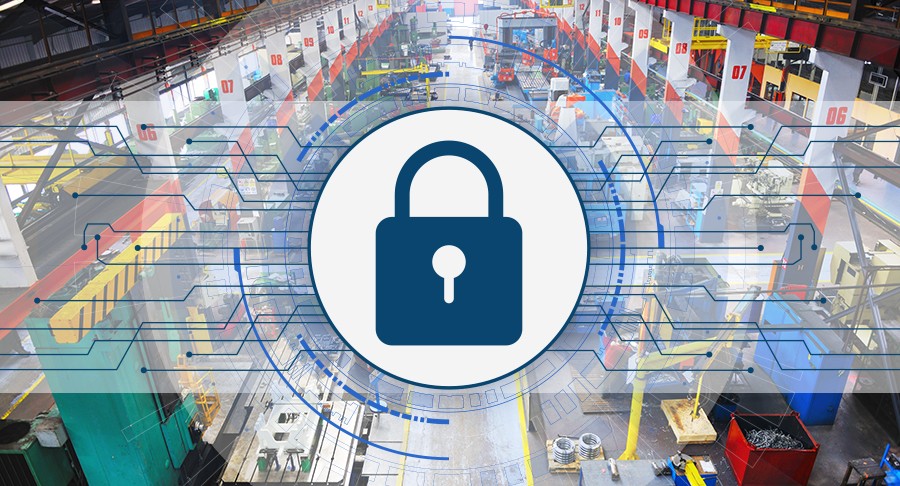Factory Cybersecurity Should be a Focus Now, Not Later

The rise of the industrial internet of things (IIoT) has come about so rapidly that many manufacturers are just now starting to understand its capabilities. Unfortunately, this also means some key aspects of integration have gone largely overlooked. Cybersecurity is among them, but it can’t be overlooked for much longer. If manufacturers want a hope of leveraging the IIoT within their facilities, they need to protect themselves from potential threats first.
Get to know the dark side of the IIoT
At face value, the IIoT is the key to a new age of productivity and efficiency. But beyond every software program or innovative piece of smart equipment, there’s one glaring problem. If it’s connected to the internet, it’s vulnerable to attack.
Over the past several years, manufacturing facilities rank second only to health care systems in how often they’re attacked by hackers. And cybercrime is only getting worse. In another report specific to the manufacturing industry, “28% of manufacturers reported an average 14% on lost revenue due to attacks in 2017 alone.”

Manufacturing cyberattacks range in severity. A malicious actor may gain access to a single piece of equipment, gleaning sensitive data about operations from it. Or an entire system may become compromised, leading to huge data dumps including everything from employee identities to proprietary manufacturing secrets.
As the IIoT grows, so do gaps in security. Every new connection within a manufacturer’s web of smart technologies is a potential opening for malicious activity. The learning curve for the IIoT is steep, which means understanding how to protect against cyberattacks is even further behind.
Understand how to protect yourself
While actually implementing IIoT cybersecurity solutions takes a great deal of technical knowledge, understanding best practices doesn’t. Every manufacturing executive needs to familiarize themselves with proper security protocols for their expanding IIoT network.
Internal and external factors both require consideration. Specifically, manufacturers must have protections against external attacks and internal measures in place to prevent the loss of sensitive information. For example, working with a cybersecurity firm to ramp up firewalls and encryption can help decrease the risk of intercepted or stolen data. Likewise, policies such as having employees change their passwords every two weeks and staying up-to-date on software patches will ensure you’re doing everything possible to prevent a data breach.
Simply being cognizant of how hackers attack and what types of data they’re after helps promote better cybersecurity practices. Without understanding the technical nuances of the IIoT, manufacturers can still protect themselves. When it comes to implementing technical solutions, the task is best left to a reliable security partner.
Best practices checklist
As you become more cognizant of IIoT and factory cybersecurity, begin taking steps to close gaps and protect your data. Here are a few critical best practices to focus on:
- Map your entire IIoT — including hardware and software — to understand what’s connected. This is referred to as “identifying your endpoints.”
- Consult with your IT department to understand what’s protected under your general scope of data and where you might be vulnerable.
- Make sure all software and hardware is up-to-date, patched with the latest developer updated to close security loopholes.
- Have an outside firm conduct a mock attack against your network security, then report back to you its results.
- Use mock attack data and evaluative tests to understand gaps in security and what it will take to close those gaps.
- Educate all employees and data managers about best practices. This includes choosing unique passwords, never sharing data, and staying apprised of common hacking attempts.
- Where possible, upgrade your security. This includes two-factor authentication, forced password resets, and user-level permissions controls.
